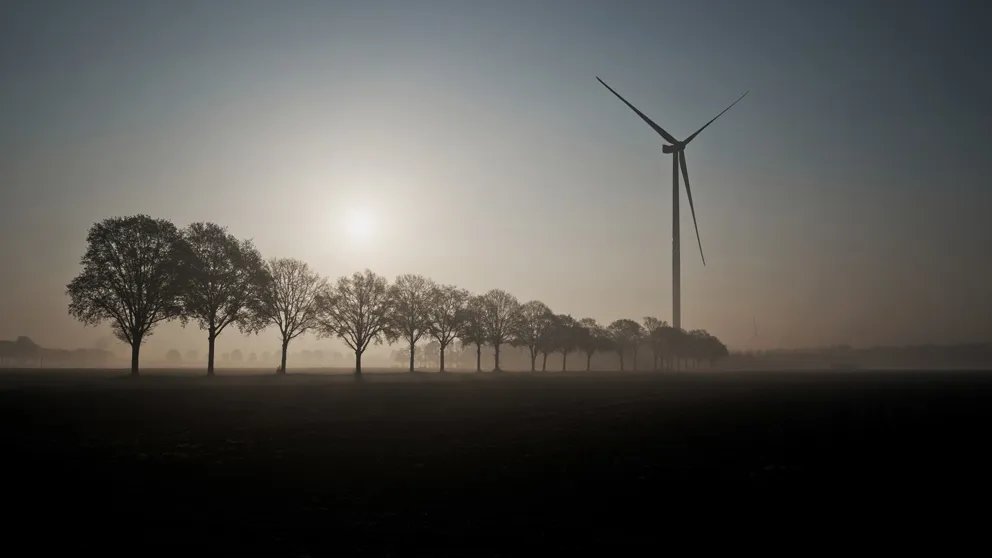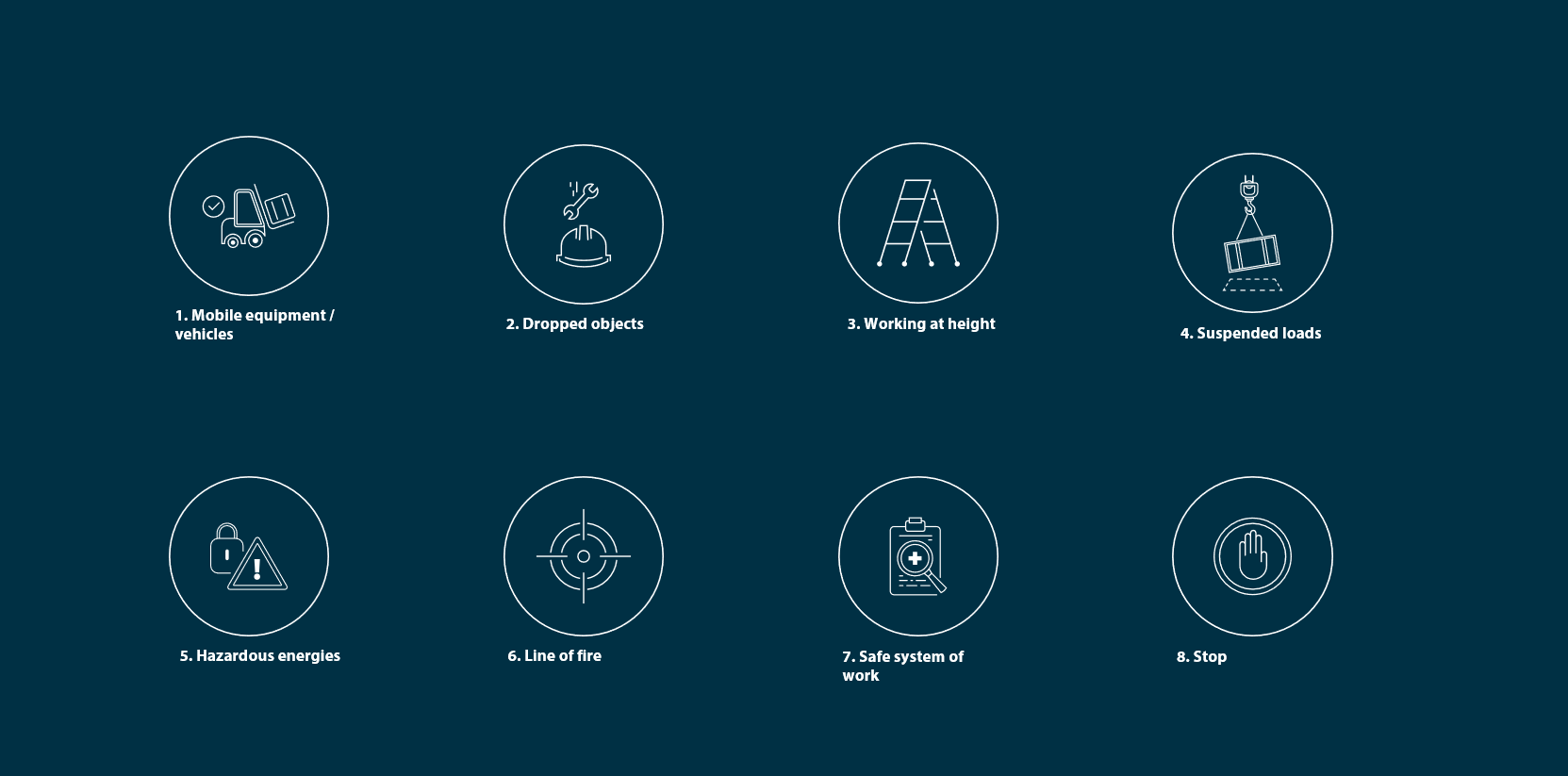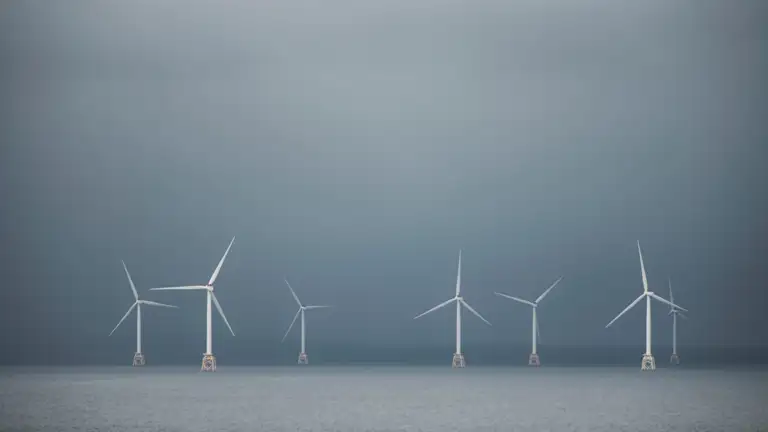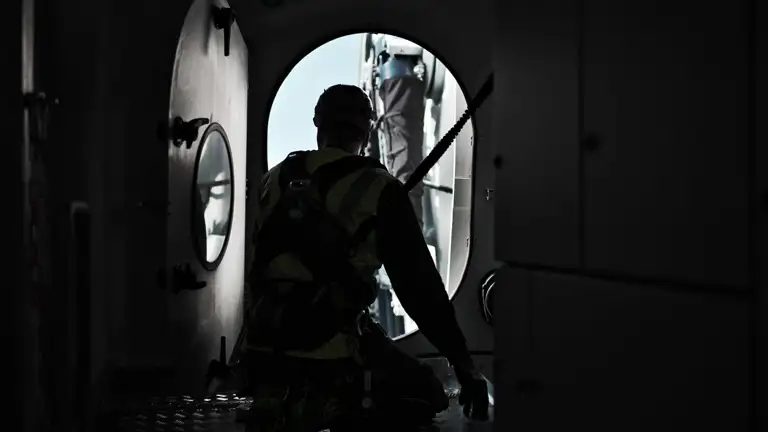We aim for zero harm and a sustainable future
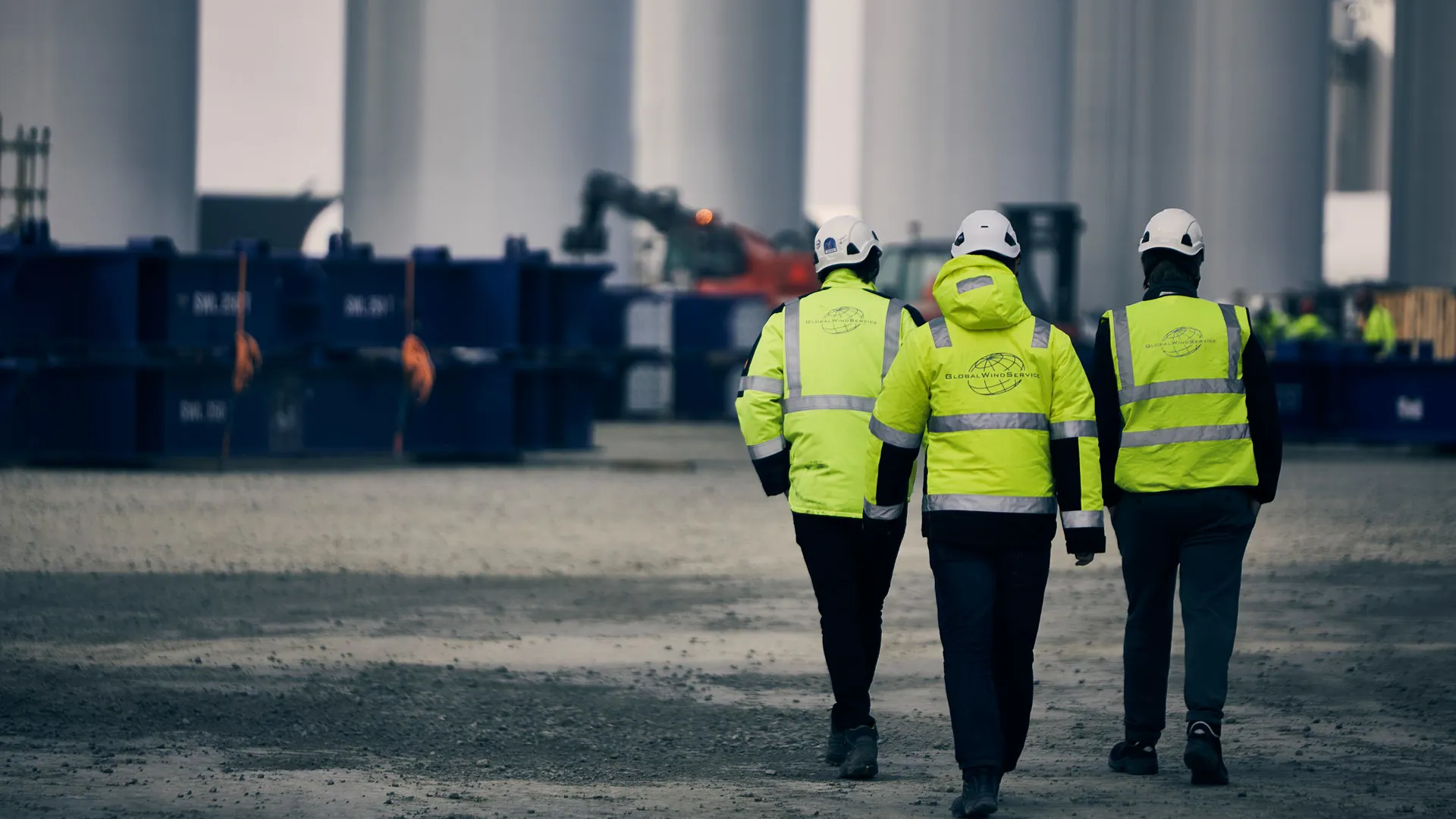
Global Wind Service is dedicated to being recognised as a leader in Health, Safety, Environment, and Quality (HSEQ) management, ensuring the protection of our people, equipment, and the environment.
We are fully committed to carrying out our work in strict compliance with regulatory laws, client requirements, and industry standards as a minimum. Where differences arise between these requirements, we will always adopt the highest standard to guide our efforts. Learn more in our Code of Conduct.
Our approach to HSE begins with comprehensive risk management processes that are integrated into every aspect of our work. We have strict safety protocols and procedures in place that are regularly reviewed and updated to ensure they meet or exceed industry standards. Our team members receive regular training on these protocols and are expected to adhere to them at all times.
Safety is a shared responsibility, and at Global Wind Service, we believe that everyone in the industry has a duty to ensure workplaces are safe for all. Our Life Saving Rules are a core part of this commitment, helping to guide behaviours and prevent incidents as we work together to protect colleagues, contractors, and communities.
In addition to prioritising the safety of our colleagues, we also prioritise the protection of the environment. We understand our responsibility as a renewable energy company and take steps to minimise any potential negative impact our operations may have.
HSEQ means the world to us
Our commitment to health, safety, environment and Quality (HSEQ) is a fundamental part of our business strategy. As a company, we strive to deliver the highest levels of HSEQ performance in all aspects of our operations.
We are committed to continuously improving and ensuring the best possible working conditions and environment for all our colleagues. By prioritising their wellbeing and fostering a supportive workplace, we aim to create an atmosphere where everyone can thrive and perform at their best.
A key focus of our HSEQ Policy is to minimise or eliminate risks that could lead to work-related illness, incidents, or injuries among our employees. We also prioritise the safety and well-being of those we collaborate with or who work near our operations.
Our HSEQ team works closely with our clients’ safety departments to develop innovative solutions that make the wind industry a safer place to work.
We are committed to building a more sustainable future and reducing our environmental impact. From minimising waste to adopting greener practices, sustainability plays an important role in how we operate.
Explore our sustainability report to discover more about the actions we’re taking to protect the environment and promote sustainable practices.
Delivering high-quality work is central to what we do. To ensure this, we provide thorough training for our employees, equipping them with the skills needed to meet and exceed our clients’ expectations.
Our focus on quality enables us to offer a reliable and professional service with careful attention to detail. We take pride in building trust and maintaining the satisfaction of our clients through our steady commitment to doing things properly.
To guide us in our everyday work, br we work under the motto br *Think first - Act Safely*
GWS Life Saving Rules
As part of our proactive approach to safety we defined these 8 Life-Saving Rules to protect everyone on the job. They address the most common risks in the workplace and provide clear, actionable steps to prevent accidents and injuries. By following these rules, we create a safer environment for ourselves and those around us, ensuring that everyone goes home safely at the end of the day. Safety is a shared responsibility, and these rules are the foundation of our commitment to keeping each other safe.
8 rules to protect everyone at work
#1 Mobile equipment / vehicles
- Operate equipment in compliance with safety guidelines.
- Stay vigilant and maintain a safe distance from surroundings and pedestrians.
- Always wear your seatbelt.
- Conduct a thorough inspection of vehicles and mobile equipment before use.
- Adhere to local driving regulations and adjust your driving to suit road conditions.
- Avoid using handheld mobile phones or engaging in any distractions while driving.
- Ensure you are well-rested and fully focused both before and during driving.
#2 Dropped Objects
- Secure all tools and equipment when working at height to prevent accidents.
- Set up and maintain clear exclusion zones to ensure safety.
- Never enter an exclusion zone without prior agreement from the person who established it.
- Always inspect for loose objects before starting work.
#3 Working at height
- Use fall protection when working at height.
- Never work in multiple levels unless the all gaps between the levels are closed.
#4 Suspended Loads
- No work or walking under a suspended load.Respect exclusion zones: Designated areas around suspended loads are set up to prevent personnel from entering the danger zone. These zones should be clearly marked and respected.
- Competent personnel and proper procedures: Lifting operations should be carried out by trained and competent individuals using appropriate equipment and following established procedures.
- Consideration of all factors: Factors like the weight and stability of the load, the lifting equipment, weather conditions, and the surrounding environment should be carefully considered during the planning and execution of any lifting operation.
#5 Hazardous Energies
- Verify zero energy state before starting work.
- Apply Lockout / Tagout (LOTO) procedures
#6 Line of fire
- Keep a safe distance from any suspended loads and stay out of danger zones during lifting operations.
- Keep yourself and your colleagues out of line of fire.
- Comply with barriers and exclusion zones.
- Position yourself to avoid being hit, pulled in or crushed by:
- Moving or rotating objects.
- Moving equipment and vehicles.
- Dropped or flying objects.
- Energy release such as pneumatic, hydraulic, pressure.
#7 Safe system of work
Follow a safe system of work by:
- Hazard Identification: Identify potential hazards related to a specific task or activity.
- Risk Assessment: Assess the likelihood and severity of harm for each identified hazard.
- Control Measures: Put in place procedures and safety measures to eliminate or reduce risks.
#8 Stop
Every employee in GWS has a STOP CARD.
- Anyone can say Stop, if a situation feels unsafe.
- Report the Stop to the Lead and to the Site Manager.
- Only re-start work when it is safe to do so.
Certifications
To demonstrate our compliance with recognized standards, the project activities run by Global Wind Service, are certified in accordance with ISO 9001, ISO 14001 and ISO 45001
Additionally, Global Wind Service is full member and fully accredited by LEEA. Read more about our memberships and certifications:



